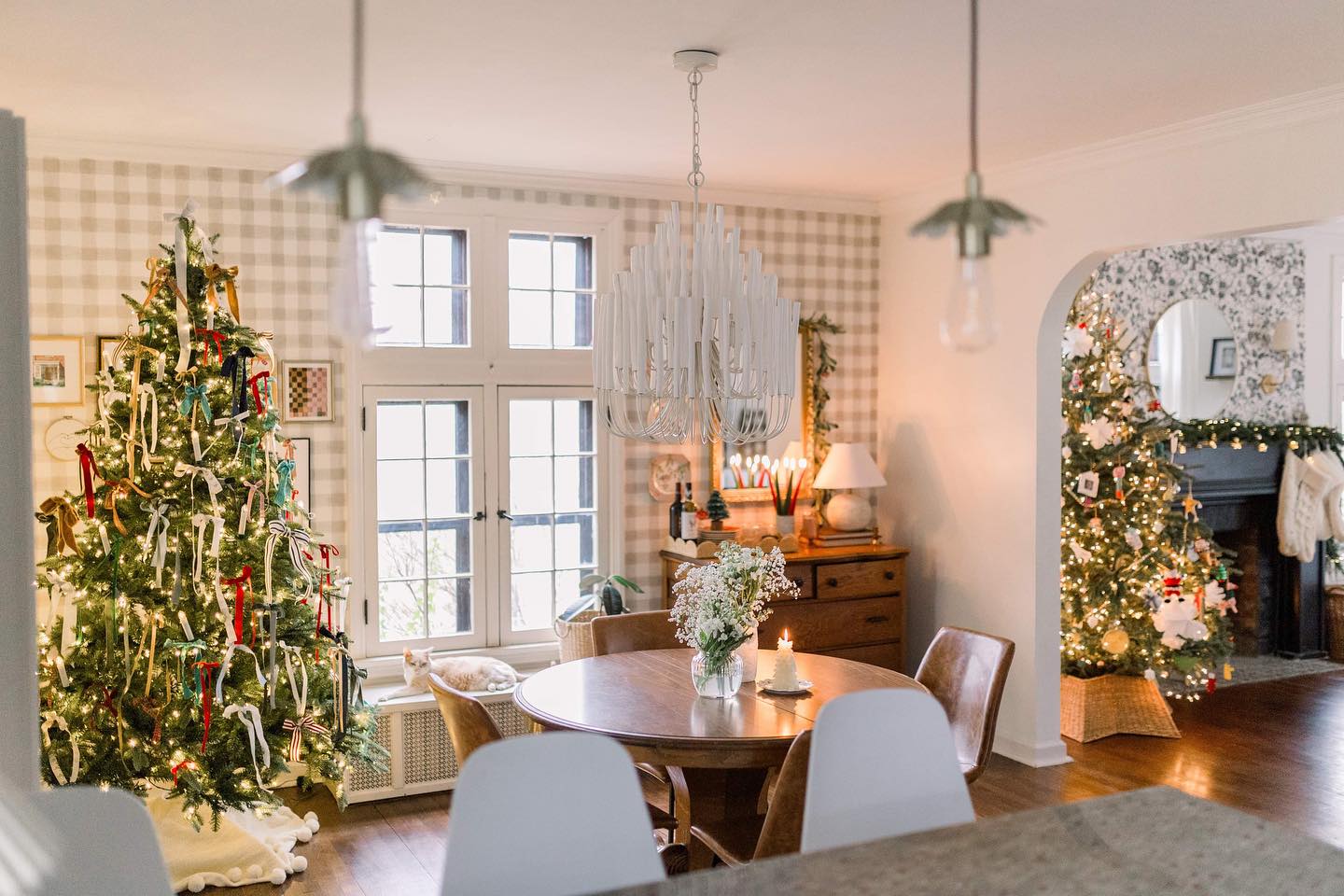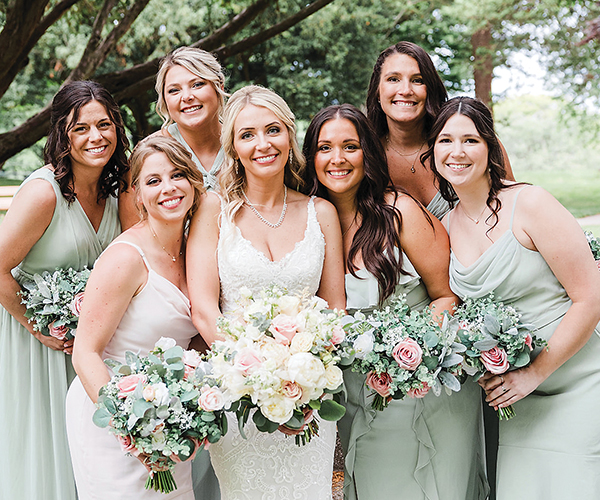Designed to Sell
Jul. 16, 2007 | 4:00 AM
|
Selling Cleaning out is especially difficult when a seller inherits a home from a deceased relative. “It’s an overwhelming job, and for family members to sort through it all is a terrible thing to do,” says Jackie Smith, co-owner of Home Seller Solutions in the West Park neighborhood of Cleveland.
Inevitably, Smith’s clients’ next step after cleaning is to sell the home. But preparing a longtime residence cluttered with decades of collectibles, furniture and clothing is no light-duty project. “Two sisters spent 150 hours in a house before they called us,” Smith relates, adding that her crew spent another 48 hours finishing the job. An average 2,000-square-foot house (add 2,000 more for basement, attic and garage) takes 45 to 60 hours to clean and prepare for sale. This includes sorting items, donating some to charity, deep cleaning the entire home and freshening it with paint and new hardware, if necessary. Home Seller Solutions charges either by square foot, or by the hour if only tackling certain rooms. Smith says rates depend on the situation. And each is different. Before Smith cleans homes, she suggests that families do the following: |
Grandma’s couch that the sellers adore is outdated garage-sale material to buyers.
The collection of shot glasses from around the world may represent a life of travel to sellers, but for buyers it looks like clutter. And so does that wall-of-fame plastered with childhood photos and certificates marking life events from perfect attendance in third grade to college graduation.
The fact is, sellers just don’t see “stuff” the same way buyers do.
“The challenge is, buyers are purchasing a house, and sellers are marketing their home,” explains Jill M. Katzenberg, Keller Williams Realty Greater Cleveland East Office. “Homeowners are selling memories; buyers are looking at the product. We have to get the house ready for sale.”
Today, there are professional stagers who show sellers how to clean, clear and fix up their homes before buyers walk through. Pre-listing tip sheets direct sellers on how to smooth any warts that could prevent offers from rolling in the door.
“The public is visual,” Katzenberg says simply. “They will respond.”
In a crowd of homes that look the same, cost the same and are located in the same area, what makes yours so special? That’s what sellers must ask themselves in a market with an excess of 20 percent to 25 percent more inventory than normal, says Gregg Wasilko of Realty One in Rocky River.
This generally begins a conversation Wasilko and other listing real estate agents engage in with anxious buyers. Katzenberg starts the conversation with a video titled “Preparing Your Home to Sell,” which offers friendly reminders to dust and make the bed. It also suggests more involved tasks like painting, replacing outdated hardware and deep cleaning before pitching a for-sale sign.
Besides the video, Katzenberg makes sure sellers understand their competition. She’ll put them in the buyer’s seat and show them comparable homes so they can devise a marketing strategy.
One bonus that buyers like is a pre-sale inspection. Usually, buyers arrange and pay for a home inspection after making an offer on a home. After they get the results, they may negotiate with sellers and ask them to assume costs for repairs. With pre-sale inspection, buyers can rest assured that sellers are up-front about the home, and sellers can market the home as “pre-inspected,” which lures in buyers, Katzenberg says.
“Every house has something,” she relates. “But if sellers can address problems and resolve in advance, they become a nonissue. Buyers can look at the report and feel more comfortable about the house, and sellers can market the home as ‘pre-inspected.’ ”
Sellers should also evaluate competing houses and identify their target buyer. For instance, if new construction in a similar price range boasts granite kitchen countertops and upgraded appliances, what can the owner of an existing home for sale do?
“Your landscaping has to be fabulous,” Katzenberg suggests. “In new construction, you won’t have that mature landscaping.” Kitchen and bathroom upgrades are a given — at least new hardware to freshen basic cabinets.
“Some buyers want turnkey properties,” she adds — where there’s no fixing-up left to do. “They want neat, clean, fresh and as perfect as possible in their price range. If that is the market you are appealing to, you have to present that product.”
Clean and Clear
Sometimes, sellers don’t realize they need to clean up their act until surprising buyer feedback suggests otherwise. “Say you have a generous living room and people are saying it’s small,” Katzenberg says. If buyer remarks aren’t congruent with room dimensions, something’s wrong.
Usually, the problem is too much stuff.
That’s where Shelya Hrenya comes in. Her interior design work generally focuses on renovations and new construction, but lately she fields calls from clients who are selling their homes and want advice on how to polish their act.
Many times, a room isn’t properly planned, says Hrenya, president of Hollywood Homeware and Sheet Snob in Cleveland. “I start taking out furniture and finding other places in the house where those pieces can go,” Hrenya describes. “You can get away with just a couch, a chair and a table in a room.”
Store baby furniture, memorabilia, “equipment from hobbies you decided not to do and the workout equipment you never use,” Hrenya lists. Usually, homeowners don’t need to spend money buying anything new to stage their homes. “They just need to give their home pizzazz to sell,” she says.
Clean and simple lines are what buyers really seek, Wasilko reminds. “Homeowners want to do the least amount of work as possible when they move in,” he relates.
And when touring a home, buyers should feel like they could easily settle into a routine there. That’s why most agents suggest sparing just a few family photographs and storing the rest. Same goes for collectibles, refrigerator clutter (children’s art) and old toys (especially when “children” are grown with their own offspring).
“You want the buyer to focus on the house; you want them to remember the features and benefits,” Katzenberg says. “You don’t want them to leave the house saying, ‘Wow, that was a really great collection of fill-in-the-blank.”
Clutter control isn’t an easy job for homeowners. “People are very funny about their stuff,” says Jackie Smith, owner of Home Seller Solutions in West Park, a business that cleans homes for a variety of reasons: death, tenant lease expiration and homeowner relocation.
But a few rules of thumb can help. Gradually “prune” out anything collecting dust. Go room by room, Katzenberg suggests. If in doubt, pack it away — but don’t leave it out. “You are going to pack it away to move anyway,” she reminds.
Running out of room to store stuff? Many agents suggest renting PODS, or Portable On Demand Storage. Of course, sellers shouldn’t park the POD on their property while showing the house. PODS are a part of Wasilko and other colleagues’ pre-listing presentation. “To compete, people have to clear out,” he says simply.
Because most buyers want a move-in-ready home these days, sellers should do as much of the legwork to prepare surfaces like walls and carpets so the house is a blank palette. That means down with wallpaper, Hrenya says.
“Not everyone likes wallpaper, and no one likes to take it down,” she remarks. “It’s a big job.”
Paint is the easiest way to freshen any room. A slick, neutral coat will clean and brighten an older home, or hide any wear and tear inevitable after years of living in a home. Warm neutrals like mocha, off-white and khaki in all shades appeal to buyers. These hues aren’t stark and institutional, as white sometimes can appear. But they also aren’t going to trigger a negative response.
With other colors, sellers take a chance.
“Some people love beige and others may decide there are so many homes on the market similar to another, and one with color and design that stands out may appeal to a particular client,” Katzenberg points out.
Or, not. Hrenya is cautious with certain colors. Chocolate walls are warm and welcoming. But eggplant doesn’t work for most buyers, she says, regardless of trends. A single red wall or room is still fairly conservative. “But be careful with your reds,” Hrenya says. “The wrong color red can make a room look like a slaughterhouse.”
Stay away from primary colors, in general, except for a child’s room. “If you love primary colors, put them in the pillows, window treatments and accessories,” Hrenya suggests.
The Little Things
Pillows freshen a dull couch, updated window treatments replace tired curtains. “Pay special attention to entryways, light switches and door handles — anything people come into contact with and touch,” Smith advises.
Rather than re-screening a storm door, purchase an affordable new one. “Sellers don’t think a door looks old, but from a buyer’s perspective, it does,” Smith explains. “And that door is the first thing the person sees.”
So are windows, and they should be cleaned on the inside and outside. She recommends hiring someone to power wash driveways and siding (depending on the material). Most of all, don’t even think about leaving cobwebs.
Sellers should remove cigarette smoke and pet odors, and always find a Plan B for animals while buyers are touring a home, Wasilko says.
Don’t forget to dust off the hot water heater and furnace, otherwise buyers have the impression that it has not been serviced in years, Katzenberg points out. She admits that weeds that poke through sidewalk cracks in front of a seller’s home are a pet peeve. “It’s not tidy, neat and crisp,” she remarks.
Does all this sound like a lot of work? Then think of a home showing as a buyer’s first date with a seller’s house, Katzenberg relates.
“You want to put your best dress on,” she says. “You want to put your best suit on to attract your date. And if you don’t have that appearance, you’re not going to get asked out again.” Most sellers get this, she adds.
Hrenya says candles and some mood music can’t hurt. “Buyers will walk in and think, ‘This is like a nice dinner party,’ ” she says. n
Trending
-
1
-
2
-
3
-
4
-
5










